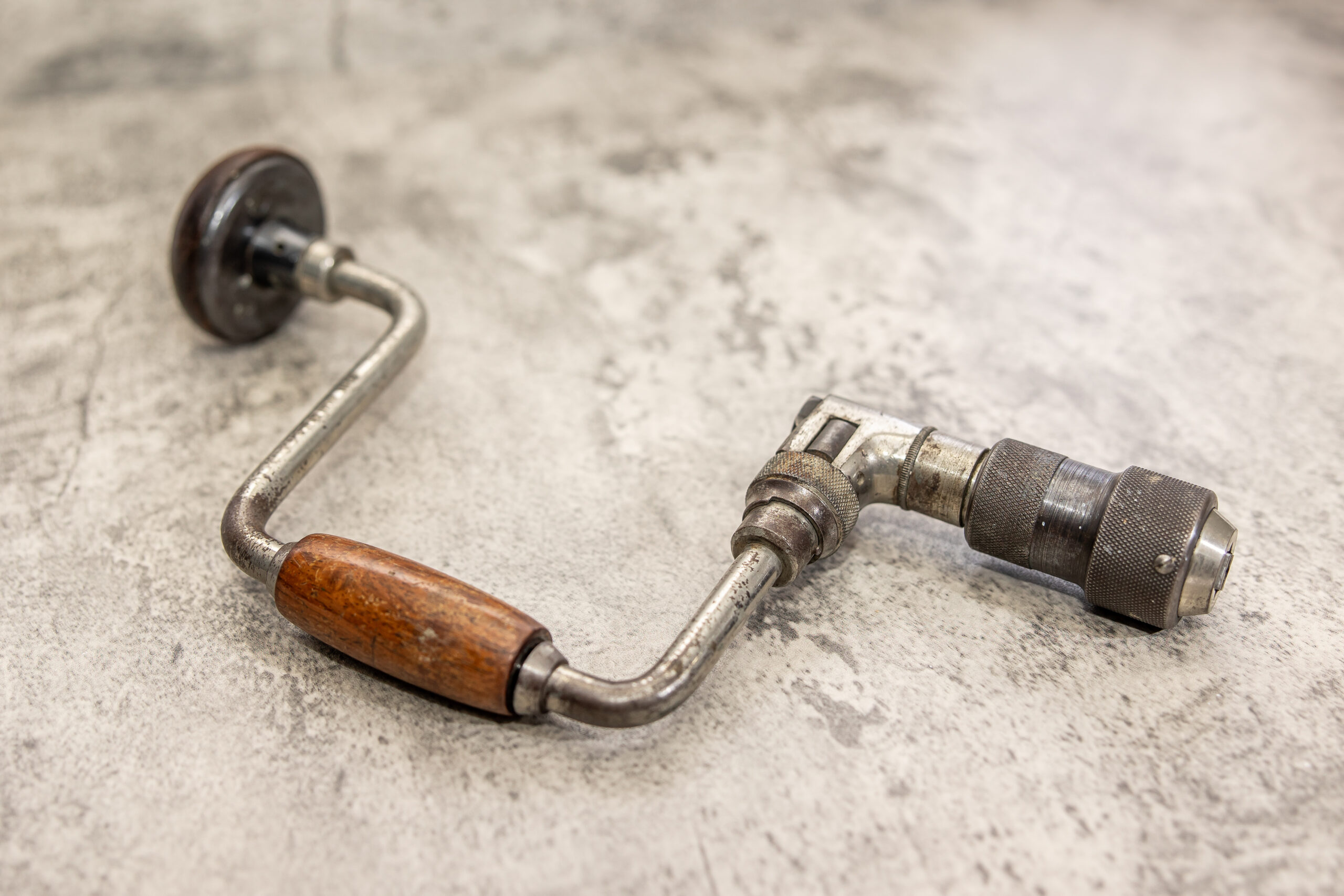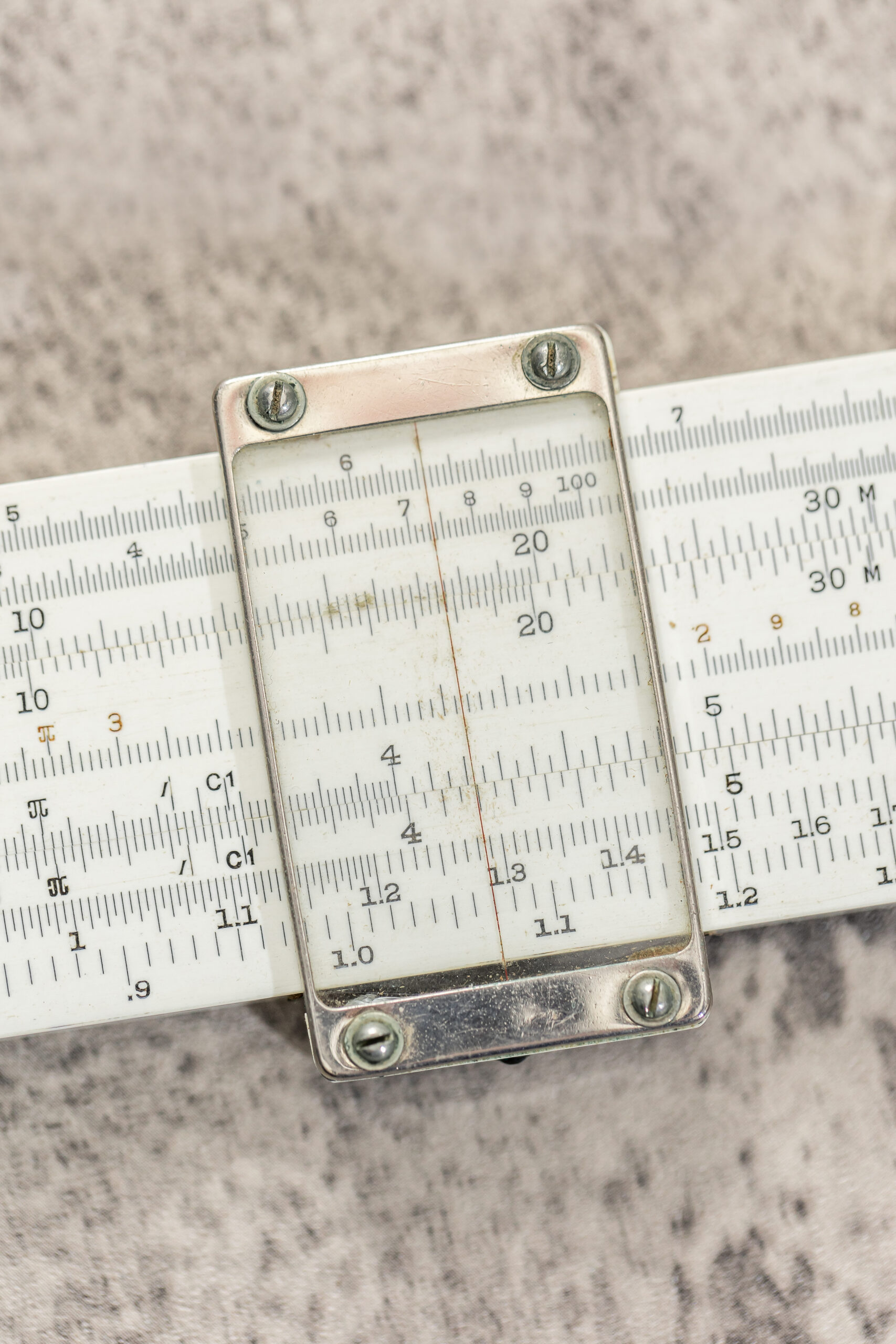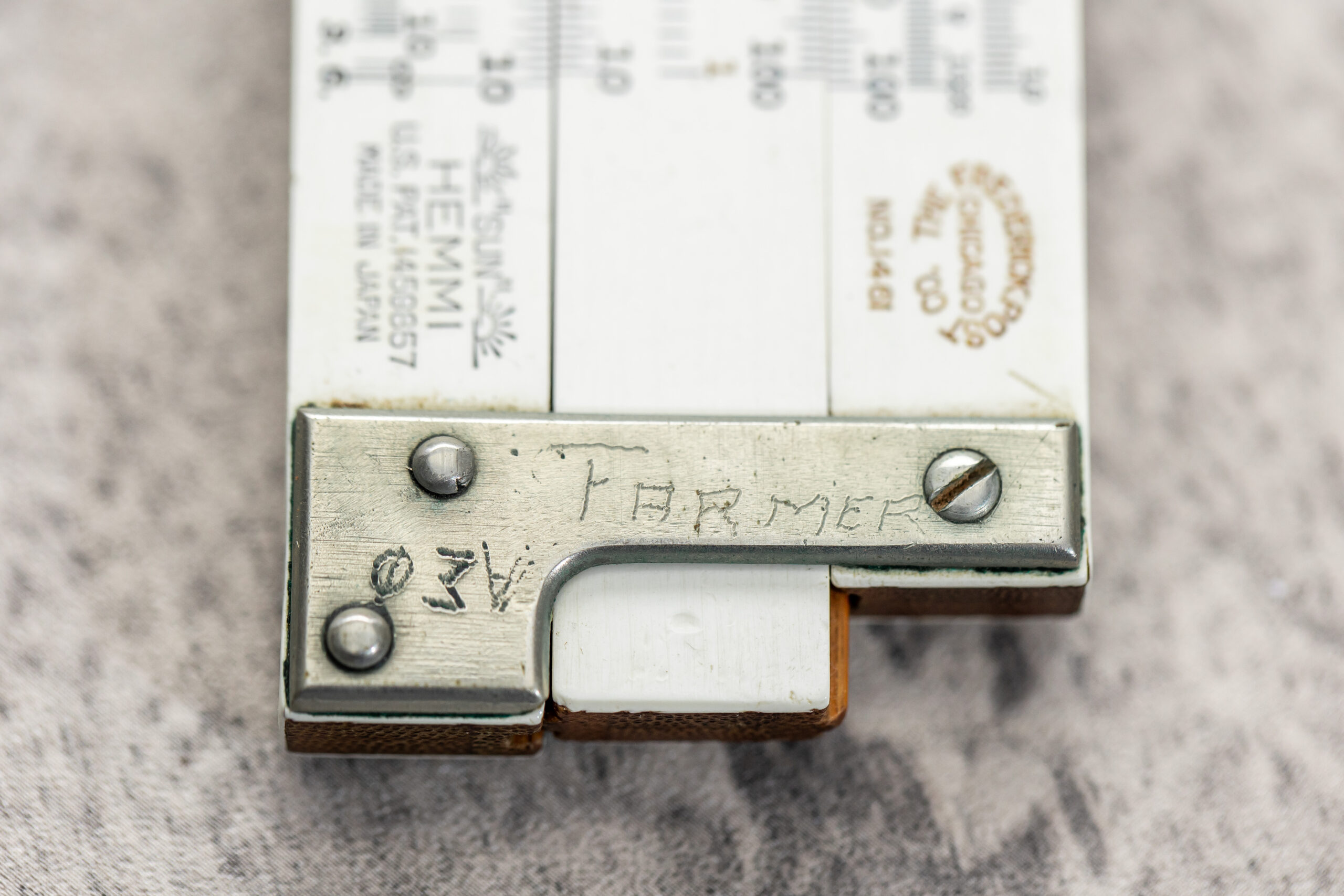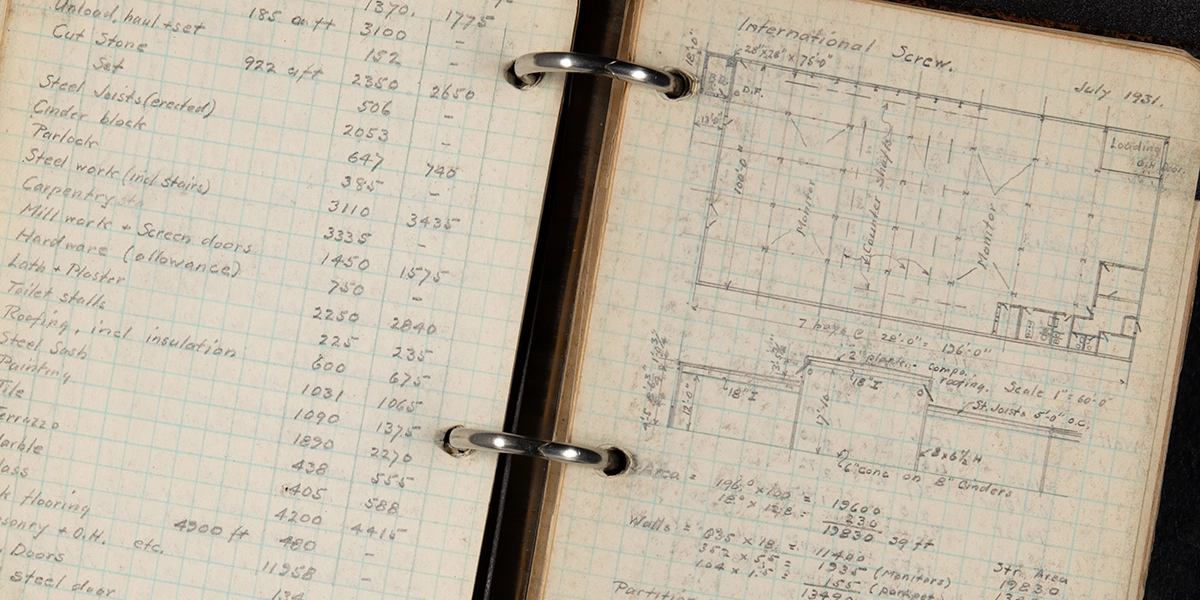Tools of the Trade
Legacy of Leadership
From laser levels to BIM, modern technology has replaced some of the more traditional tools on jobsites these days, making the old tools found at Barton Malow’s Southfield Headquarters novel souvenirs from our 100-year history. Diving back into the way things were done highlights the innovation and lengths the industry has come, while also inspiring us to continue to push forward in the spirit of continuous improvement.
Woodhaven Hard Hat
Barton Malow was awarded a contract to build a 2.6 million SF stamping plant for Ford Motor Company in Woodhaven, Michigan in 1964. Barton Malow used innovative ideas that expedited the construction of the facility in record time. Around this time, the industry was transitioning from aluminum and fiberglass hard hat options to injection-molded thermoplastics. In the 1980s, hard hats incorporated a non-slip ratchet suspension with a knob in the back for simple sizing. Today’s hard hats are lighter and more comfortable, with some options even offering “smart” hard hats with built-in sensors and comprehensive communication capabilities.

Slide Rule
Slide rules were used to make calculations before the advent of electronic calculators. Using the principle of logarithms, they allowed complex calculations to be made to determine distances, angles, structural loads, and material quantities. They were particularly useful on the jobsite when quick approximations were needed since their size made them portable and convenient.
The slide rule shown here belonged to Former President + Chairman Ben C. Maibach, Jr., who began at Barton Malow in 1938 as a laborer, engineer, timekeeper, and general handyman on tank foundations for Firestone Rubber in Trenton, Michigan. You can see his name, “farmer,” and ’43 scratched into either end.

Plumb Bob
A simple tool that dates back to the Egyptian era and the construction of the pyramids, plumb bobs provided a crucial vertical reference point to ensure construction was perfectly vertical or “plumb.” Even after the invention of the level in the 1800s, which provided a more compact and efficient way to measure horizontal lines, plumb bobs continued to be used for vertical measurements in buildings, bridges, and other construction.
Today, modern adaptions like laser levels have largely replaced traditional plumb bobs, but they remain an easy-to-improvise tool and a symbol of the foundational principles of construction.
The plumb bob shown here likely belonged to Ben Maibach Jr. and dates back to the 1920s. There is a nearly identical one that belongs in the National Museum of American History collection.












